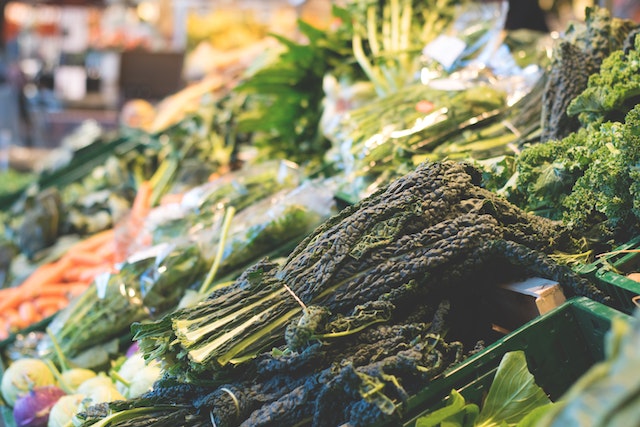Wasted food from grocery stores increases by an average of nearly 20 percent during the summer months compared to the winter months, according to data from Divert, Inc., an impact technology company.
“Summer marks peak growing season across the U.S. While this is a time to celebrate an abundance of fresh produce and gather with our family and friends, our data indicates that the summer is also a period when a significant amount of that produce goes to waste,” said Ryan Begin, CEO and co-founder of Divert, in a statement.
Divert looked at wasted food processed at its facilities across the U.S. from 2020-2022 during the months of July, August, and September compared to January, February, and March. In its analysis of what is contributing to the drastic increase, the company has identified several key factors:
Peak Produce Season
An increased abundance of produce during the summer months translates to a greater volume coming into grocery stores. In addition to a greater selection, more fresh food can go to waste if it is not moved and sold quickly enough.
Heat and Human Error
When produce is exposed to greater temperature fluctuations like those seen during summer, the percentage of wasted food increases for retailers. In the heat of the summer, produce left on a retailer’s loading dock for too long before being moved into a cooler can cause it to lose freshness more quickly. When that food goes home with the consumer, it then lasts for fewer days in their fridge.
Consumer Demands for Perfection
With bountiful produce and fresh foods during the warmer months, consumers are shopping for more fruits and vegetables than they need, which then go to waste. There is also sustained demand from consumers for the best-looking, unblemished produce—the edible apple with a slight imperfection is often overlooked and discarded.
Divert suggests that a solution to these problems is for retailers to better manage their inventory, leveraging technology to order only what is needed and make sure it can be stored correctly and efficiently, as well as for consumers to rethink their approach to food buying, being more open to enjoying food that may not look as perfect.
Related: Quick-Service Restaurants Saw Stabilizing Gains; SFA Member Exclusive: Functional Beverage Trend Report

